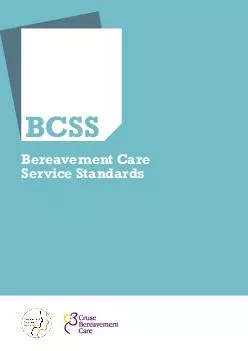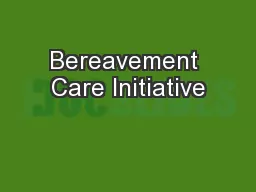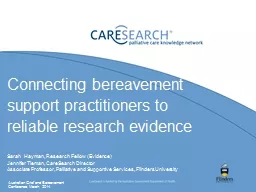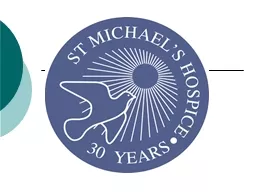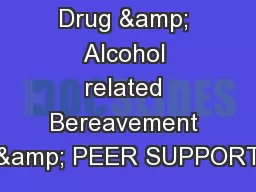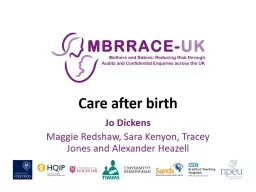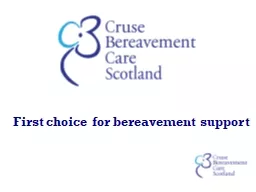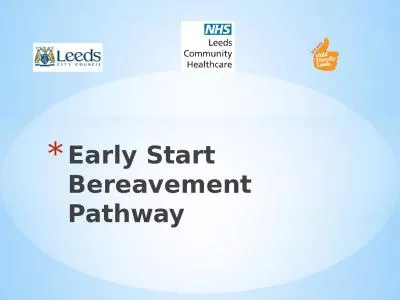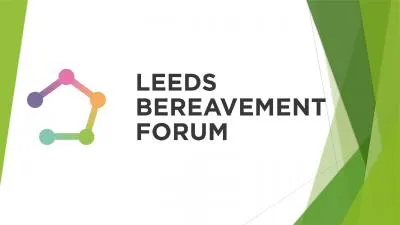PDF-Bereavement Care Service Standards BCSS Contents Foreword I am delighted to provide the
Author : marina-yarberry | Published Date : 2015-03-19
We know that the manner in which services professionals and volunteers respond to those who are bereaved can have a long term impact on how they grieve their health
Presentation Embed Code
Download Presentation
Download Presentation The PPT/PDF document "Bereavement Care Service Standards BCSS ..." is the property of its rightful owner. Permission is granted to download and print the materials on this website for personal, non-commercial use only, and to display it on your personal computer provided you do not modify the materials and that you retain all copyright notices contained in the materials. By downloading content from our website, you accept the terms of this agreement.
Bereavement Care Service Standards BCSS Contents Foreword I am delighted to provide the: Transcript
Download Rules Of Document
"Bereavement Care Service Standards BCSS Contents Foreword I am delighted to provide the"The content belongs to its owner. You may download and print it for personal use, without modification, and keep all copyright notices. By downloading, you agree to these terms.
Related Documents

